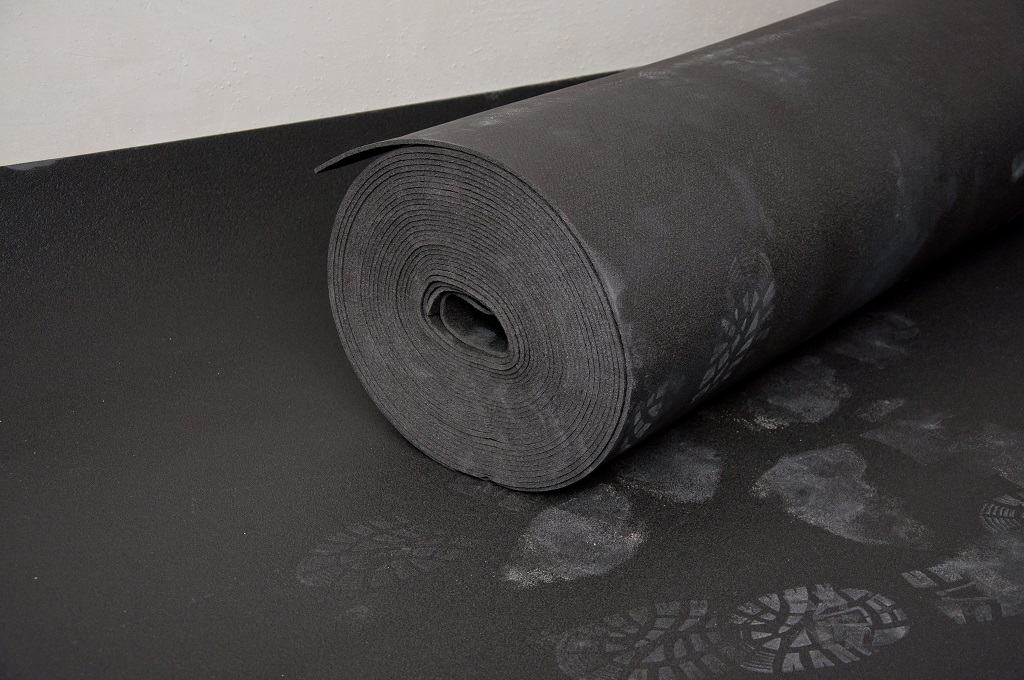

#Mass loaded vinyl existing wall free#
and also comes with different results (and pricing), so feel free to give us a call or read more about the differences on the product data sheet supplied on the MLV product page. Mass Loaded Vinyl (MLV) comes in 1 or 2 pounds/sq.ft. Treatment #2 is very similar as the treatment #1, except instead of using Green Glue between the second layer of drywall, you can use Mass Loaded Vinyl. However this treatment will only get you minimal results it should only decrease the sound transfer between the wall by 9-10 decibels. Doing this treatment of soundproofing will save you tons of money by not having to demolish the current drywall and purchase 2 new layers of drywall for said wall. Why would you leave a 1/4″ gap around the perimeter of the drywall? Won’t sounds just hit the wall and “flank” through those gaps? You are correct if that is what you are thinking! But what you do to deal with that 1/4″ gap is you use the Green Glue Soundproofing Sealant to “seal” that gap and further decouple the wall from its surroundings. Just remember to leave a 1/4″ gap around the perimeter of the drywall to allow for decoupling it from the ceiling, floor and adjacent wall(s). It is recommended that you use 2 tubes of Green Glue Compound on the back of each 4′ x 8′ sheet of drywall. The most inexpensive would be to add a second layer of drywall (5/8″ is recommended always) with Green Glue Soundproofing Compound in between the second layer and the first layer that is already painted and on your wall. If you are wanting to soundproof a wall, without doing a minor “renovation” to it, you can use 2 different products to accomplish this. If you think that soundproofing a wall, ceiling or floor only has one option, you are WRONG! There are numerous ways to soundproof a wall, as an example, just realize that each will give you different results. DO – Understand that there are multiple options with varying degrees of success when soundproofing This option is often used in multi-family homes, basement suites or business situations where confidentiality or a quiet, calm work environment are desired.ģ. Soundproofing on the other hand, is used to isolate or block sound inside a room – or to keep sound out of a room. This is often used in rooms that need good acoustics, such as a recording studio or theatre, or in rooms that are large and echoing to better improve sound and music transfer through the area. Sound absorption uses sound dampening techniques and materials to improve the sound in a room. Both sound absorption solutions and soundproofing solutions have benefits but they achieve a different result. Soundproofing and sound absorption are two different things so don’t be tricked into thinking that devices meant to absorb sound will give you the same results as soundproofing. DON’T – Think that Soundproofing & Sound Absorption are the same!

At least read everything on our website, including the other blogs we have written or even the product data sheets we have listed on each product page. Unless you have time and money to waste, DON’T experiment!! We are more than happy to help you- so give us a call!Ģ.
#Mass loaded vinyl existing wall code#
You can find help online by Googling “Acoustics” or check with your local building code department or provincial contractors license board. Most provinces require them to be licensed. There are many experts doing work in this field. If you have anything but a simple problem and the solution isn’t obvious, get help! No need to figure this out all by yourself, it’s too easy to make expensive mistakes. Many people have made the errors mentioned here and some have been kind enough to pass them on to us for inclusion. Don’t waste time and money on ineffectiveness! If you have lots of time and wish to experiment with different techniques and unknown materials, please do so! (and let us know how it comes out!). We won’t explore every aspect of doing a good soundproofing job, but rather suggesting to avoid certain materials and processes that can save you tons of time and money.

As a service to those doing their own DIY soundproofing, we’ve prepared this list of Do’s & Don’ts.


 0 kommentar(er)
0 kommentar(er)
